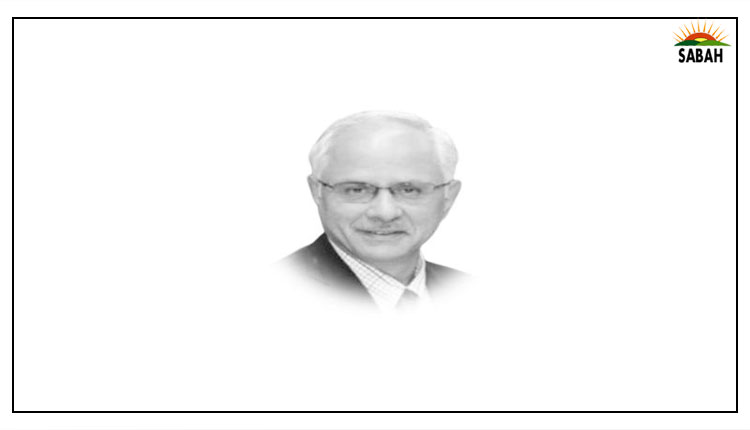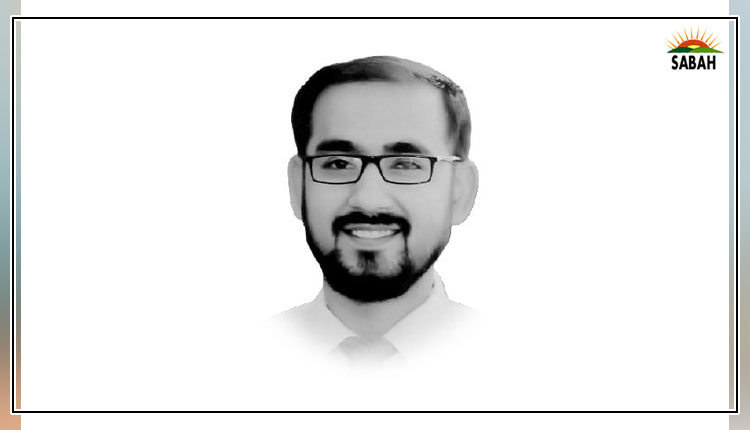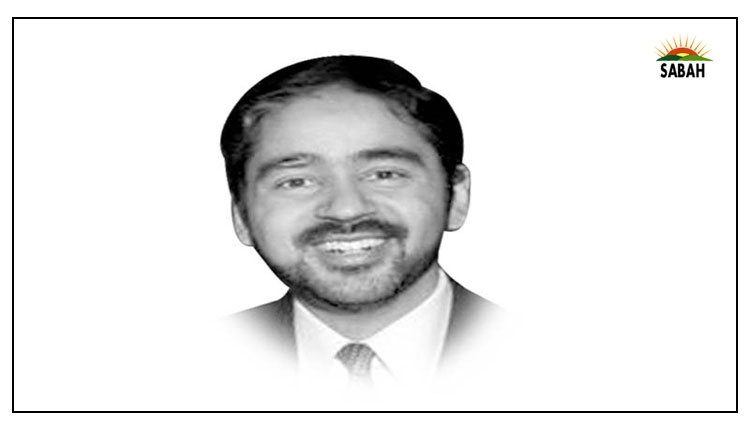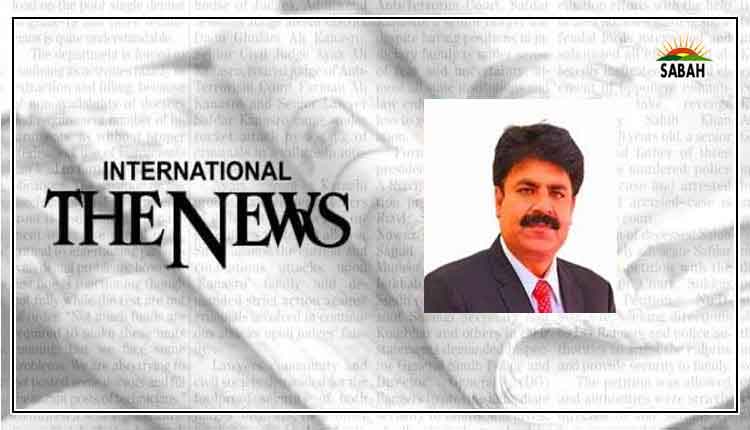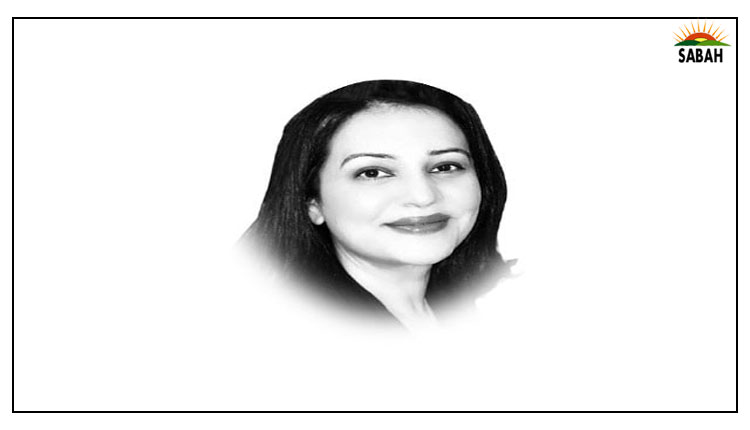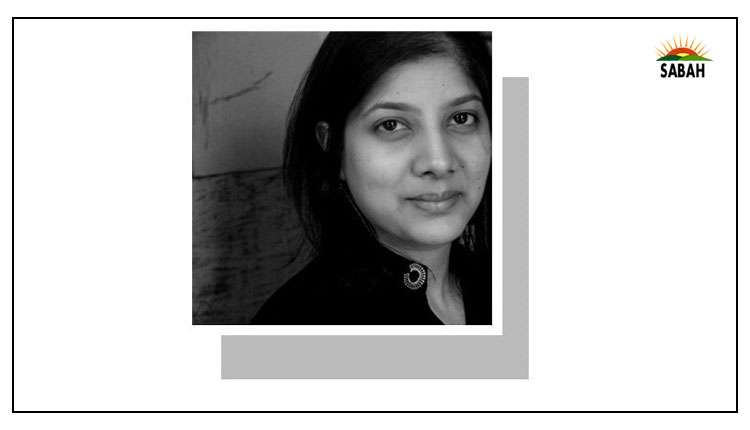Prison expressions….Huma Yusuf
ON a hill in Johannesburg, in the remnants of what used to be a prison block for detainees awaiting trial, a flame of democracy now burns perpetually. This is Constitution Hill, the site of the countrys supreme constitutional court, which was established in 1993 as part of South Africas first post-apartheid constitution. Standing before that flame last week while receiving news from home, I enjoyed a glimmer of hope.
This is not, of course, to compare PTIs defecting leadership and spurned supporters with the leaders of the passive resistance and anti-apartheid movements. But it is to say that democracy, however flawed, is always preferable to authoritarianism. And that strong-arm tactics are, in the long run, often galvanising.
Constitution Hill rests on the site of Johannesburgs oldest prison, where both Nelson Mandela and Gandhi were incarcerated. In the 1950s and 1960s, the facility overflowed with political prisoners, Asians and black Africans thrown in detention for defying pass laws (the requirement for non-white South Africans to carry appropriate documentation to enter white-only areas). The prison is now a museum.
Visitors can tour the old prison, hearing harrowing accounts including from previous prisoners of the overcrowded, disease-ridden cells. The museums narratives do not shy away from detailed descriptions of the daily humiliations that prisoners endured, including being stripped and monitored in toilets. Nor do they censor the accounts of torture the lashings, sexual abuse and indefinite detention in isolation cells, airless containers just over an arm-span long. My response was visceral nausea, dizziness.
Art keeps democratic ideals alive.
One of the museums final rooms took my breath away, however. Instead of artefacts recalling prison horrors, one cell resembles a modern art museum; it is replete with figurines, sculptures and abstract imaginings. The annotation explained that on Sundays, prison officials would inspect communal cells in the prison, and that inmates would prepare for these visits by fashioning decorations and curios out of the few objects they could claim: their blankets, shreds of toilet paper, leftover soap bars. The prisoners with the most imaginative creations would win privileges for the week an extra slice of bread, a taste of dry cake.
Although motivated by the transactional, the prison art is a celebration of the enduring humanity of inmates. Two former prisoners created the objects on display, recalling the creations of their peers. There are blankets reshaped into blooming flowers and bouncing rabbits, improvised papier mch figures in gentle embraces but also in the throes of despair, and charming cattle carved from soap. Incarcerated, abused, dehumanised, the inmates of Number Four jail managed to reclaim beauty and free expression, and survive.
The objects I saw reminded me of the recourse to art sought by Ahmed Rabbani, a former prisoner at Guantnamo Bay, whose prison artwork recently inspired an exhibition at Karachis Indus Valley School of Art and Architecture. Rabbani was mistakenly identified by the US as a terrorist, and remained in detention for 20 years without facing formal charges. A story about him in these pages described how he made paintings to cope with the humiliations and torture that defined his incarceration images that were seized by the US military on the basis that they threatened national security.
Why dwell on prison art at this political juncture in Pakistan? It is clear that a crackdown is upon us. A political party is being systematically dismantled, its former leadership silenced, its supporters hounded with the threat of military trials, their treatment a chilling warning to all those who may critique the security establishment too openly. The government and much of the media are complicit, for fear of their own eradication. Who could blame those who choose to retreat from political life or any form of public activism?
And this is where art plays a key role in keeping democratic ideals alive. We have been in such dark times before more overtly oppressive with a military man at the helm. It is no coincidence that the 1980s were a golden era of Pakistani art: thoughtful television, resistance theatre and dance, subversive fine art, political satire, long-form journalism.
The PTI has not been a champion of Pakistani arts, preferring to glorify Turkish soap operas. But in this next difficult era, artists and dreamers will have to play a part in rehabilitating public perceptions of democracy, and expanding the notion of politics beyond anti-authoritarianism to encompass inclusion, freedom of faith and climate justice. As Constitution Hill suggests, celebrating humanity and keeping ideals alive may be our route to an enduring democracy.
The writer is a political and integrity risk analyst.
Twitter: @humayusuf
Courtesy Dawn, May 29th, 2023





